Growing Bok Choy Containers: Imagine stepping outside your door and harvesting fresh, crisp bok choy right from your own patio! No sprawling garden needed. I’m here to tell you that this dream is totally achievable, even if you’re short on space or time. For centuries, bok choy, a staple in Asian cuisine, has been cultivated for its delicious flavor and nutritional benefits. From bustling city markets to serene countryside farms, this versatile vegetable has nourished communities and cultures.
But why should you bother growing your own? Well, store-bought bok choy can sometimes lack that vibrant freshness and flavor. Plus, let’s be honest, there’s something incredibly satisfying about nurturing a plant from seed to table. This DIY guide is your ticket to unlocking the secrets of successfully growing bok choy containers, regardless of your gardening experience. We’ll cover everything from choosing the right container and soil to pest control and harvesting tips.
Think of this as your personal bok choy bootcamp! I’ll show you how to avoid common pitfalls and maximize your yield, ensuring you have a steady supply of this healthy and delicious green right at your fingertips. So, grab your gardening gloves, and let’s get started on this exciting journey of growing bok choy containers!
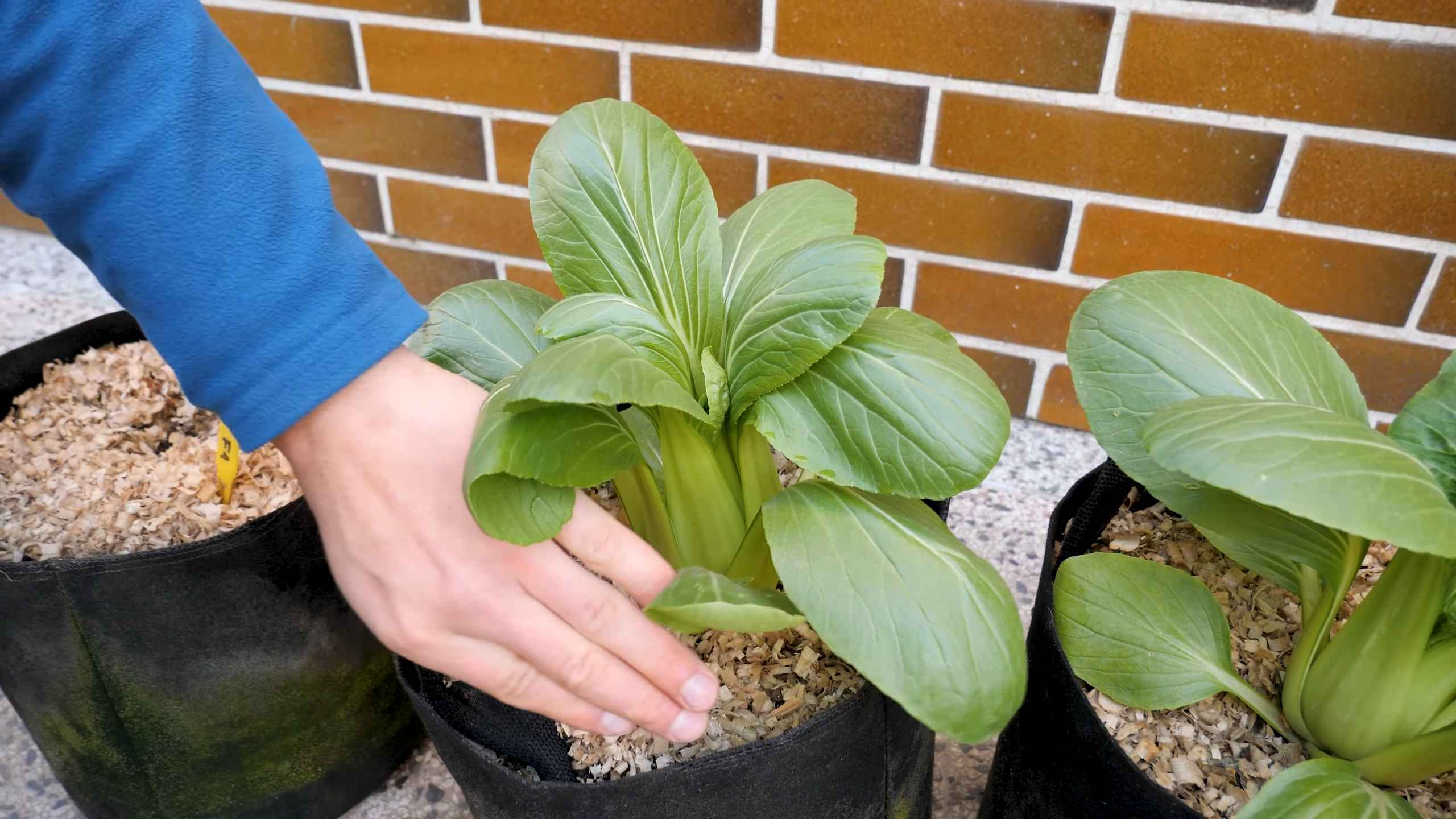
DIY Bok Choy Container Garden: From Seed to Stir-Fry!
Hey there, fellow gardening enthusiasts! I’m super excited to share my guide to growing your very own bok choy in containers. It’s easier than you think, and nothing beats the taste of fresh, homegrown veggies. Plus, container gardening is perfect if you’re short on space or just want to keep things manageable. Let’s get started!
Choosing the Right Container and Soil
Before we even think about seeds, we need to set the stage for success. The right container and soil are crucial for happy, healthy bok choy.
* Container Size: Bok choy doesn’t need a super deep container, but it does need some room to spread out. I recommend a container that’s at least 12 inches in diameter and 8 inches deep. This will give the roots enough space to grow without being cramped.
* Drainage: This is non-negotiable! Make sure your container has drainage holes. Bok choy hates sitting in soggy soil, which can lead to root rot. If your container doesn’t have holes, you can easily drill some.
* Material: Plastic, terracotta, ceramic – the choice is yours! Plastic containers tend to retain moisture better, which can be helpful in hot climates. Terracotta is more breathable, which can be beneficial in humid areas. Just keep in mind that terracotta dries out faster.
* Potting Mix: Forget garden soil! It’s too heavy and compacts easily in containers. You need a good quality potting mix that’s light, airy, and well-draining. I like to use a mix that contains peat moss, perlite, and vermiculite. You can also add some compost for extra nutrients.
Sowing the Seeds
Now for the fun part – planting those tiny seeds!
1. Timing is Key: Bok choy is a cool-season crop, which means it thrives in cooler temperatures. The best time to plant is in early spring or late summer/early fall. Avoid planting during the hottest part of the summer, as the heat can cause the plants to bolt (go to seed prematurely). I usually aim for planting when daytime temperatures are consistently between 50°F and 75°F.
2. Prepare the Soil: Fill your container with the potting mix, leaving about an inch of space at the top. Gently pat down the soil to create a firm, even surface.
3. Sow the Seeds: Bok choy seeds are tiny, so be careful not to plant them too deep. I usually sprinkle the seeds about ½ inch apart and cover them with a thin layer of soil (about ¼ inch).
4. Water Gently: Use a watering can with a gentle rose attachment to water the soil thoroughly. You want to moisten the soil without disturbing the seeds.
5. Keep it Moist: The key to successful germination is keeping the soil consistently moist. I usually check the soil every day and water as needed. You can also cover the container with plastic wrap to help retain moisture, but be sure to remove it once the seedlings emerge.
6. Find the Sunshine: Place your container in a location that receives at least 4-6 hours of sunlight per day. Bok choy can tolerate some shade, especially in hotter climates, but it will grow best in full sun.
Caring for Your Bok Choy
Once your seedlings emerge, it’s time to provide them with the TLC they need to thrive.
1. Thinning the Seedlings: Once the seedlings have a few true leaves (the first set of leaves that look like miniature bok choy leaves), it’s time to thin them out. This means removing some of the seedlings so that the remaining ones have enough space to grow. I usually aim for a spacing of about 4-6 inches between plants. Don’t just pull them out! Gently snip the unwanted seedlings at the soil line with scissors to avoid disturbing the roots of the remaining plants.
2. Watering: Bok choy needs consistent moisture, but it doesn’t like to be waterlogged. I usually water deeply whenever the top inch of soil feels dry to the touch. Avoid watering the leaves, as this can increase the risk of fungal diseases. Water in the morning so the leaves have time to dry before nightfall.
3. Fertilizing: Bok choy is a heavy feeder, so it needs regular fertilization to grow well. I like to use a balanced liquid fertilizer (like a 10-10-10) diluted to half strength. Fertilize every 2-3 weeks, following the instructions on the fertilizer label. You can also use organic fertilizers like compost tea or fish emulsion.
4. Pest Control: Keep an eye out for pests like aphids, cabbage worms, and flea beetles. These little critters can wreak havoc on your bok choy plants. I prefer to use organic pest control methods, such as hand-picking pests off the plants, spraying with insecticidal soap, or using diatomaceous earth.
5. Weed Control: Keep your container free of weeds, as they can compete with your bok choy for nutrients and water. Gently pull out any weeds that you see, being careful not to disturb the roots of your bok choy plants.
Harvesting Your Bounty
The moment you’ve been waiting for – harvesting your delicious, homegrown bok choy!
1. When to Harvest: Bok choy is ready to harvest when the leaves are about 6-8 inches long. You can harvest the entire plant at once, or you can harvest individual leaves as needed.
2. How to Harvest: To harvest the entire plant, simply cut it off at the base with a sharp knife. To harvest individual leaves, start with the outer leaves and work your way inwards.
3. Enjoy Your Harvest: Bok choy is incredibly versatile and can be used in a variety of dishes. I love to stir-fry it with garlic and ginger, add it to soups and stews, or even grill it.
Troubleshooting
Even with the best care, you might encounter some challenges along the way. Here are a few common problems and how to fix them:
* Bolting: Bolting is when the plant prematurely goes to seed, usually due to hot weather or stress. Once a plant bolts, the leaves become bitter. To prevent bolting, plant bok choy in early spring or late summer/early fall, and provide it with consistent moisture and shade during hot weather.
* Yellowing Leaves: Yellowing leaves can be a sign of nutrient deficiency, overwatering, or underwatering. Check the soil moisture and fertilize if needed.
* Pest Infestations: As mentioned earlier, keep an eye out for pests and take action as soon as you see them.
* Root Rot: Root rot is caused by soggy soil and poor drainage. Make sure your container has drainage holes and avoid overwatering.
Extending Your Harvest
Want to keep the bok choy coming? Here are a few tips for extending your harvest:
* Succession Planting: Plant a new batch of seeds every 2-3 weeks to ensure a continuous supply of bok choy.
* Cut-and-Come-Again Harvesting: Instead of harvesting the entire plant at once, harvest individual leaves as needed. This will allow the plant to continue producing new leaves.
* Overwintering: In mild climates, you can overwinter bok choy by protecting it from frost. Cover the plants with a row cover or move the container to a sheltered location.
Choosing Bok Choy Varieties
There are several varieties of bok choy to choose from, each with its own unique characteristics. Here are a few of my favorites:
* Shanghai Green: This is a popular variety with light green stems and dark green leaves. It’s known for its mild flavor and tender texture.
* Mei Qing Choi: This variety has spoon-shaped leaves and a mild, sweet flavor. It’s a good choice for salads and stir-fries.
* Joi Choi: This variety has dark green leaves and thick, white stems. It’s known for its crisp texture and slightly peppery flavor.
* Baby Bok Choy: This is a smaller version of bok choy that’s harvested when the leaves are young and tender. It’s a good choice for salads and quick stir-fries.
Adding Companion Plants
Companion planting is the practice of planting different plants together to benefit each other. Here are a few good companion plants for bok choy:
* Marigolds: Marigolds repel many common pests, such as aphids and nematodes.
* Nasturtiums: Nasturtiums attract beneficial insects, such as ladybugs and hoverflies, which prey on aphids.
* Garlic: Garlic repels many pests and can also help to prevent fungal diseases.
* Onions: Onions repel many pests and can also help to improve the flavor of bok choy.
Final Thoughts
Growing bok choy in containers is a rewarding experience that allows you to enjoy
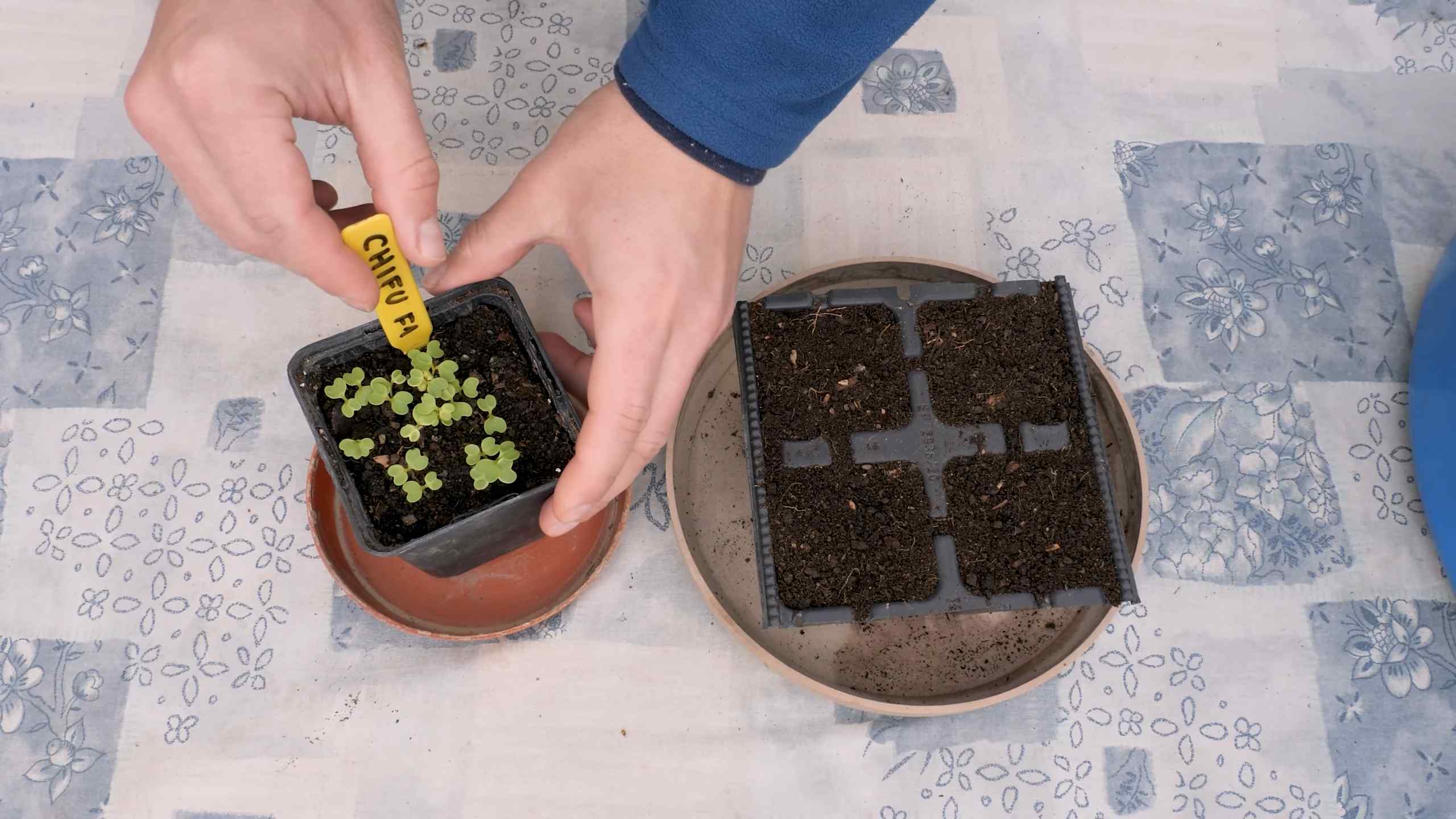
Conclusion
So, there you have it! Growing bok choy in containers is not only achievable but also incredibly rewarding. We’ve walked you through the process, from selecting the right container and soil to nurturing your bok choy plants to a bountiful harvest. But why should you take the plunge and try this DIY trick?
Firstly, container gardening offers unparalleled flexibility. Whether you have a sprawling backyard or a tiny balcony, you can enjoy fresh, homegrown bok choy. This is especially beneficial for urban dwellers or those with limited gardening space. Imagine stepping outside your kitchen door and snipping off a few leaves for a stir-fry – the convenience is unbeatable!
Secondly, growing your own bok choy allows you to control the growing environment. You can ensure your plants receive the optimal amount of sunlight, water, and nutrients, free from harmful pesticides and herbicides. This translates to healthier, tastier bok choy that you can feel good about feeding your family. Plus, you’ll be reducing your carbon footprint by cutting down on transportation costs associated with store-bought produce.
Thirdly, it’s a fantastic learning experience. Gardening is a therapeutic activity that connects you with nature and teaches you about the life cycle of plants. Watching your bok choy seedlings sprout and mature is incredibly satisfying, and you’ll gain a deeper appreciation for the food you eat.
But the benefits don’t stop there! Consider these variations to personalize your container gardening experience:
* Succession Planting: Plant new seeds every few weeks to ensure a continuous harvest throughout the growing season.
* Companion Planting: Plant bok choy alongside other compatible vegetables like radishes, carrots, or lettuce to deter pests and improve soil health.
* Different Varieties: Experiment with different varieties of bok choy, such as Shanghai bok choy (with its pale green stalks) or baby bok choy (for smaller, more tender leaves).
* Vertical Gardening: If space is truly limited, explore vertical gardening options like hanging baskets or stacked planters to maximize your growing area.
Growing bok choy in containers is a simple yet impactful way to bring fresh, healthy produce into your life. It’s a project that’s suitable for gardeners of all skill levels, from beginners to seasoned pros.
We wholeheartedly encourage you to give this DIY trick a try. Don’t be afraid to experiment, learn from your mistakes, and most importantly, have fun! Once you’ve harvested your first batch of homegrown bok choy, we’d love to hear about your experience. Share your photos, tips, and stories in the comments below. Let’s build a community of container gardening enthusiasts and inspire others to grow their own food! What are you waiting for? Grab your containers, soil, and seeds, and get ready to enjoy the delicious rewards of homegrown bok choy!
Frequently Asked Questions (FAQ)
Q: What is the best size container for growing bok choy?
A: The ideal container size for growing bok choy is at least 6-8 inches deep and wide. This provides enough space for the roots to develop properly. If you’re planning to grow multiple bok choy plants in the same container, choose a larger container accordingly, allowing at least 6 inches of space between each plant. A container that is too small will restrict root growth and can lead to stunted plants and reduced yields.
Q: What type of soil should I use for growing bok choy in containers?
A: Use a well-draining potting mix specifically formulated for containers. Avoid using garden soil, as it can become compacted in containers and hinder drainage. A good potting mix will retain moisture while also allowing excess water to drain away, preventing root rot. You can also amend your potting mix with compost or other organic matter to improve its fertility and drainage.
Q: How much sunlight does bok choy need?
A: Bok choy thrives in full sun to partial shade. Aim for at least 4-6 hours of direct sunlight per day. If you live in a hot climate, providing some afternoon shade can help prevent the leaves from scorching. If you’re growing bok choy indoors, place the container near a sunny window or use grow lights to supplement natural light.
Q: How often should I water my bok choy plants?
A: Water your bok choy plants regularly, keeping the soil consistently moist but not waterlogged. Check the soil moisture level daily by sticking your finger into the soil. If the top inch of soil feels dry, it’s time to water. Water deeply, allowing the water to drain out of the bottom of the container. Avoid overhead watering, as this can lead to fungal diseases.
Q: What are some common pests and diseases that affect bok choy?
A: Common pests that can affect bok choy include aphids, cabbage worms, and flea beetles. You can control these pests by handpicking them off the plants, using insecticidal soap, or covering the plants with row covers. Common diseases include downy mildew and clubroot. Prevent these diseases by providing good air circulation, avoiding overhead watering, and using disease-resistant varieties.
Q: How do I harvest bok choy?
A: You can harvest bok choy at any stage of growth, depending on your preference. For baby bok choy, harvest when the leaves are about 4-6 inches long. For mature bok choy, harvest when the heads are firm and compact. You can harvest the entire plant at once or harvest individual leaves as needed. To harvest the entire plant, cut it off at the base with a sharp knife. To harvest individual leaves, simply snip them off from the outer edges of the plant.
Q: Can I grow bok choy in containers during the winter?
A: Yes, you can grow bok choy in containers during the winter, especially in mild climates. Bok choy is a cool-season crop that can tolerate light frosts. If you live in a colder climate, you may need to protect your plants from freezing temperatures by moving them indoors or covering them with a frost blanket.
Q: How can I improve the flavor of my homegrown bok choy?
A: The flavor of your homegrown bok choy can be influenced by several factors, including soil fertility, sunlight exposure, and watering practices. Ensure your plants receive adequate nutrients by fertilizing them regularly with a balanced fertilizer. Provide them with plenty of sunlight to promote healthy growth and flavor development. Avoid overwatering, as this can dilute the flavor.
Q: Is it possible to grow bok choy from seed directly in the container?
A: Yes, it is absolutely possible to grow bok choy directly from seed in the container. Direct sowing eliminates the need for transplanting, which can sometimes stress young seedlings. Simply sow the seeds according to the instructions on the seed packet, keeping the soil consistently moist until they germinate. Thin the seedlings as needed to provide adequate spacing between plants.
Q: What fertilizer should I use for my container-grown bok choy?
A: A balanced, water-soluble fertilizer is ideal for container-grown bok choy. Look for a fertilizer with an NPK ratio (nitrogen, phosphorus, potassium) of around 10-10-10 or 20-20-20. Follow the instructions on the fertilizer package for application rates and frequency. You can also use organic fertilizers like compost tea or fish emulsion. Avoid over-fertilizing, as this can burn the roots and damage the plants.

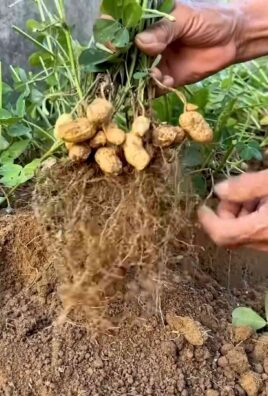
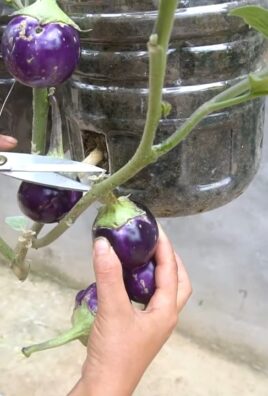
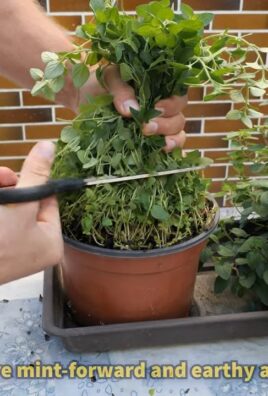
Leave a Comment